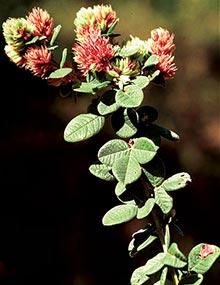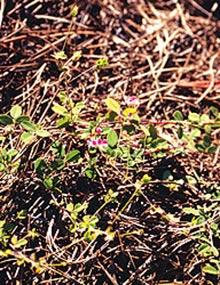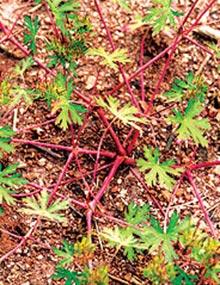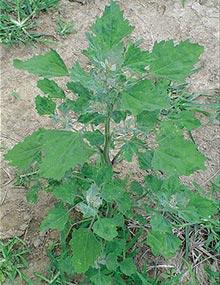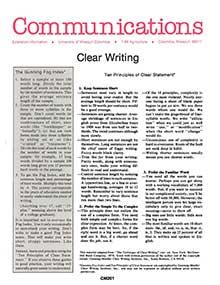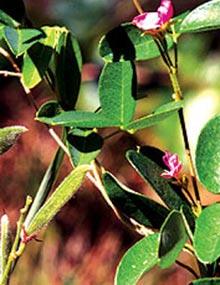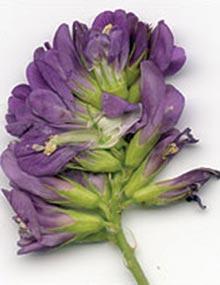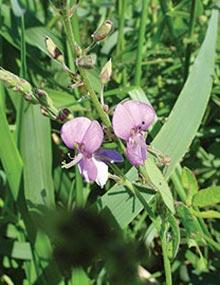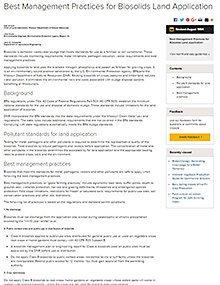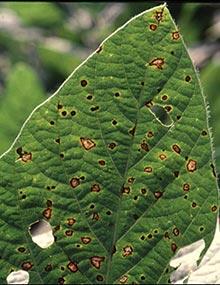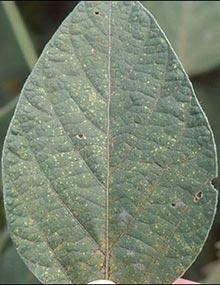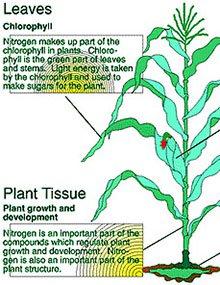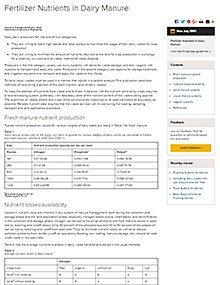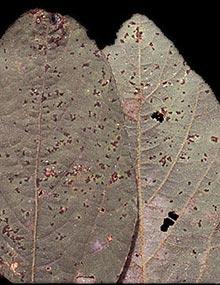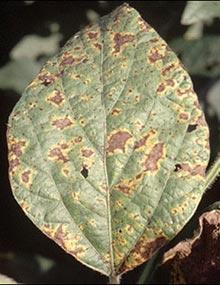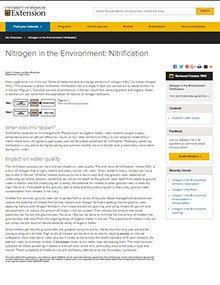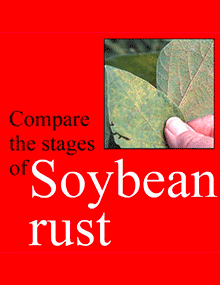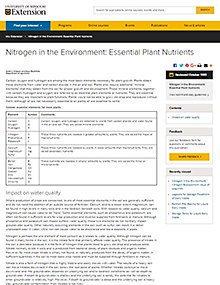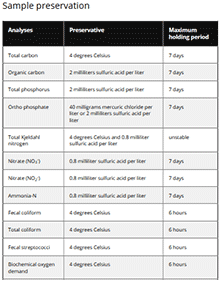Quail-Friendly Plants of the Midwest, Page 23
Reviewed
Hairy lespedeza leaflets occur in threes. This perennial plant earns its name from its stem and oblong leaflets, both of which are covered with hairs.
Quail-Friendly Plants of the Midwest, Page 55
Reviewed
Trailing lespedezas are small, native lespedezas with trailing stems that can readily form thick mats over bare areas if left undisturbed. The small flowers range from purple to white and can produce a large quantity of seeds.
Quail-Friendly Plants of the Midwest, Page 26
Reviewed
Illinois bundleflower can be identified in summer by the doubly compound, fernlike leaves and white spherical flower heads. By fall, the stems become tough and woody, and the seedpods are distinctive, bearing a ball-shaped cluster of pods, each containing several flat, brown seeds.
Quail-Friendly Plants of the Midwest, Page 58
Reviewed
Leaves of Geranium species are deeply cleft and palmately lobed. Seeds are located within the sharply pointed “crane’s bill” formed by the tubelike style of the flower.
Quail-Friendly Plants of the Midwest, Page 29
Reviewed
Lambsquarters is rather nondescript and typically grows 2-6 feet tall. Leaves are triangular or kite-shaped, and their surfaces often have a powdery white appearance.
Quail-Friendly Plants of the Midwest
Reviewed
Learn how to identify plants important to bobwhites in the Midwest so that you can critically evaluate the food and cover components of habitat on your land.
Clear Writing
Reviewed
Get your point across clearly in writing with these 10 principles of clear writing. Also, learn how to test the clearness of your writing and keep it simple.
Quail-Friendly Plants of the Midwest, Page 32
Reviewed
Milkpea is a herbaceous legume with a hairy surface on the top of its trilobed leaf. Stems are also hairy. Seedpods are about 2-1/2 inches long.
Quail-Friendly Plants of the Midwest, Page 03
Reviewed
Alfalfa leaves are divided into three leaflets, with the middle leaflet on a distinct stalk. Leaflets are serrated along the outer third to half and are somewhat elongated. Flowers are usually purple, sometimes bluish, rarely white. Fruits are usually curved or twisted.
Quail-Friendly Plants of the Midwest, Page 35
Reviewed
Osage orange grows as a medium-sized tree up to 50 feet tall. It has yellow-green fleshy fruits with a knobby surface that resembles a brain. Its alternate, simple leaves taper to a long, pointed tip.
Quail-Friendly Plants of the Midwest, Page 06
Reviewed
Beggar's lice has triangular seedpods covered with dense hairs that cause them to stick to clothing. During the growing season, it can be recognized by its divided leaf and pink flower.
Quail-Friendly Plants of the Midwest, Page 38
Reviewed
Paspalums seeds are round and flattened and are neatly lined up (but sometimes overlapping slightly) on the seed stalk in two or four rows. Some paspalum species have conspicuous silky hairs at the base of the spikelet.
Soybean Rust, Page 4
Revised
Frogeye leaf spot (Cercospora sojina)
Soybean Rust, Page 7
Revised
These photos show the disease stages of soybean rust, which can be difficult to identify, especially in the early stages.
Nitrogen in the Plant
Reviewed
Nitrogen plays an important part in many essential functions. Visit our website to learn about Nitrogen in the Plant.
Fertilizer Nutrients in Dairy Manure
Reviewed
Many dairy producers fall into one of two categories:
Soybean Rust, Page 2
Revised
Bacterial pustule (Xanthomonas axonopodia pv. glycines)
Benefits and Risks of Biosolids
Reviewed
Biosolids are domestic wastewater sludge that meet standards for beneficial use as fertilizer. Visit our site to learn the Benefits and Risks of Biosolids.
Soybean Rust, Page 5
Revised
Septoria brown spot (Septoria glycines)
Soybean Rust, Page 8
Revised
Compare soybean rust disease stages by looking at them side by side.
Collecting and Preserving Waste and Wastewater Samples for Analysis
Reviewed
Waste handling systems are used to protect the environment. Visit our site for our Collecting and Preserving Waste and Wastewater Samples for Analysis guide.
